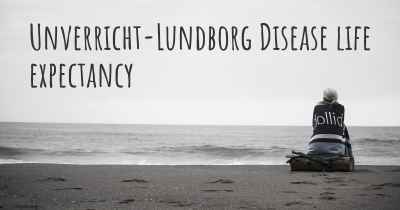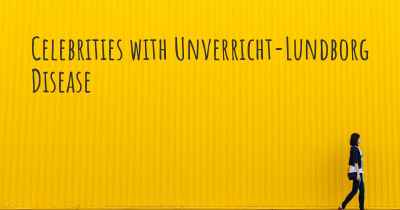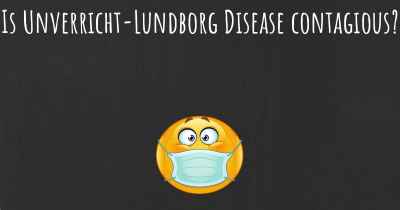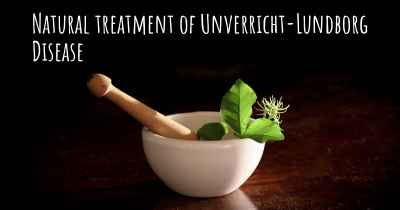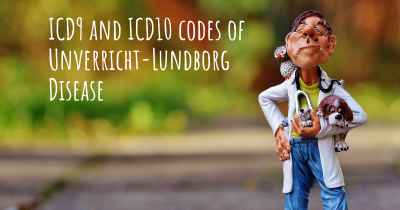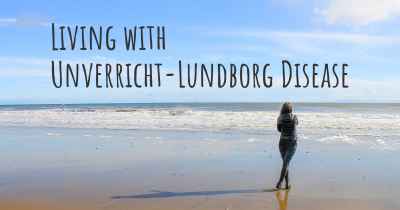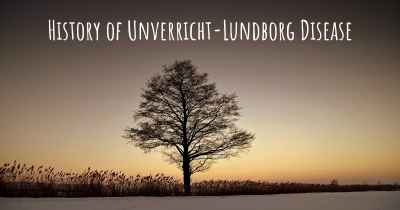Is Unverricht-Lundborg Disease hereditary?
Here you can see if Unverricht-Lundborg Disease can be hereditary. Do you have any genetic components? Does any member of your family have Unverricht-Lundborg Disease or may be more predisposed to developing the condition?
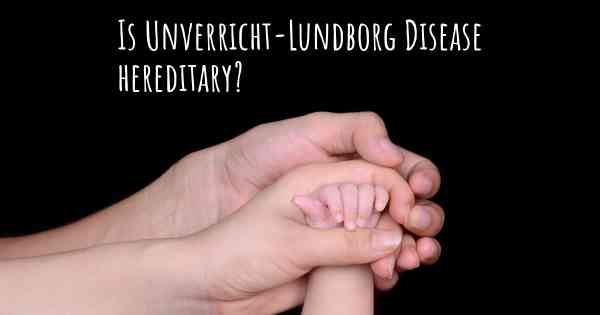
Unverricht-Lundborg Disease is a rare genetic disorder characterized by recurrent seizures and progressive neurological symptoms. It is inherited in an autosomal recessive manner, meaning that both parents must carry a mutated gene for the disease to be passed on to their children. The specific gene mutation responsible for Unverricht-Lundborg Disease is known as CSTB. Genetic testing can help determine the risk of inheriting the disease, but it is important to consult with a healthcare professional for personalized information and guidance.
Is Unverricht-Lundborg Disease hereditary?
Unverricht-Lundborg Disease (ULD), also known as progressive myoclonic epilepsy type 1 (EPM1), is a rare genetic disorder that affects the nervous system. It is characterized by progressive muscle stiffness, myoclonic seizures, and cognitive decline. The disease typically begins in childhood or adolescence and worsens over time.
Genetic Cause:
ULD is caused by mutations in the cystatin B (CSTB) gene, which is located on chromosome 21. This gene provides instructions for producing a protein called cystatin B, which plays a role in regulating the activity of enzymes involved in cellular processes. Mutations in the CSTB gene lead to a deficiency or dysfunction of cystatin B, resulting in the characteristic symptoms of ULD.
Inheritance Pattern:
ULD follows an autosomal recessive inheritance pattern. This means that an individual must inherit two copies of the mutated CSTB gene (one from each parent) in order to develop the disease. If both parents are carriers of a single mutated gene, they have a 25% chance of having an affected child with ULD in each pregnancy.
Carriers:
Carriers of a single mutated CSTB gene do not typically show any symptoms of ULD. They are considered "healthy carriers" as they have one normal copy of the CSTB gene that produces functional cystatin B. However, carriers have a 50% chance of passing on the mutated gene to their children, which could result in the disease if the other parent is also a carrier.
Genetic Testing:
Genetic testing can be performed to identify mutations in the CSTB gene and confirm a diagnosis of ULD. This can be particularly useful for individuals with a family history of the disease or those who are planning to have children and want to assess their risk of passing on the condition.
Management and Treatment:
Currently, there is no cure for ULD, and treatment focuses on managing the symptoms and improving the quality of life for affected individuals. Medications such as anti-seizure drugs may be prescribed to help control seizures and myoclonus. Physical therapy and occupational therapy can also be beneficial in managing muscle stiffness and improving mobility.
Genetic Counseling:
For individuals or families affected by ULD, genetic counseling is highly recommended. Genetic counselors can provide information about the inheritance pattern, the likelihood of passing on the disease, and available testing options. They can also offer emotional support and help individuals make informed decisions about family planning.
Conclusion:
Unverricht-Lundborg Disease is a hereditary condition caused by mutations in the CSTB gene. It follows an autosomal recessive inheritance pattern, meaning that both parents must be carriers of the mutated gene for their child to develop the disease. Genetic testing and counseling are important tools for individuals and families affected by ULD to understand the risks, make informed decisions, and access appropriate medical care and support.
